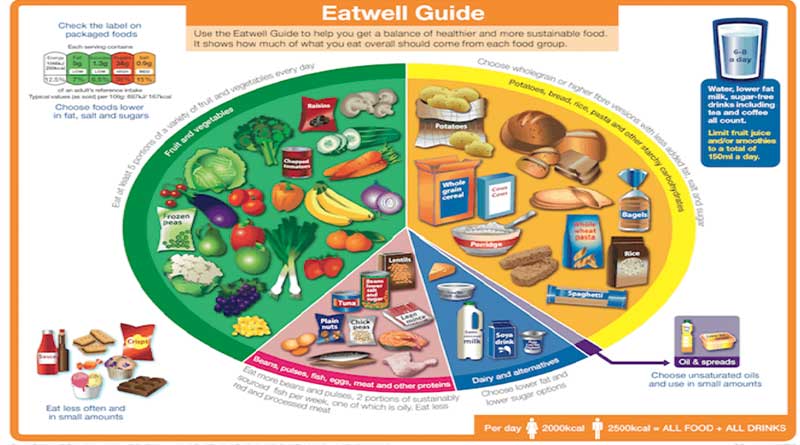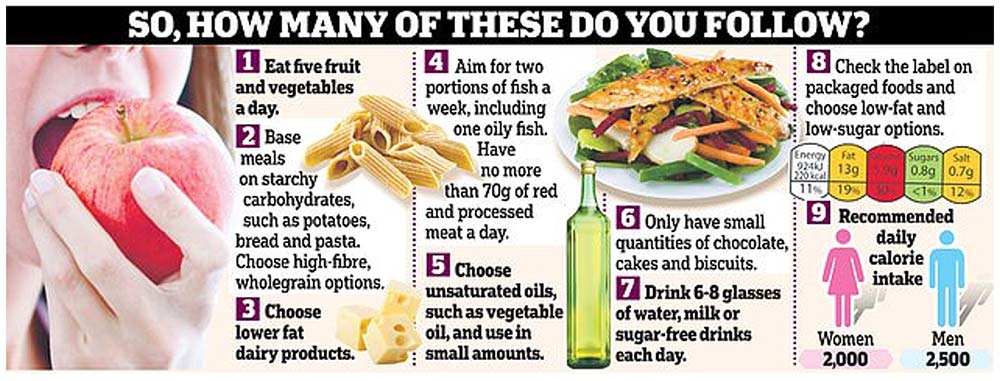The Eatwell Guide & Mortality

Introduction
I was browsing the morning news and came across the following graphic in the UK Daily Mail (Ref 1). I was able to trace the graphic to a press release entitled “Following 'Eatwell Guide' diet could reduce your risk of dying early and lower your environmental footprint” (Ref 2). The journal article behind the press release was published in the BMJ Open. It was called “Health impacts and environmental footprints of diets that meet the Eatwell Guide recommendations: analyses of multiple UK studies” (Ref 3).

I confess to having ‘taken the micky’ out of the graphic’s nine recommendations by summarising them in a tweet: “The Eatbadly Guide explained: 1) Eat carbs; 2) Eat loads of carbs; 3) Avoid natural fats; 4) Limit meat & fish – far too nutritious; 5) Eat unnatural fats; 6) Have some cr@p; 7) Drink a made up amount (you'll be thirsty with all that starch); 8) Eat fake food; 9) Count calories” (Ref 4).
I also tweeted “I do half of one of these – by chance – how about you?” (Ref 5) This received several replies. Bearing in mind that people who follow me are likely to be real food/managed carb people, it was not surprising to see many of the replies being similar to mine. (My half a point, by chance, was because I eat at least five vegetable/salad portions a day. I exceed the fish and meat recommendation in case you’re wondering). Replies ranged from "I literally do none of them. Wonder why I'm not dead..." (thankyou Irma Kroeze @ChefIrma) to "I scrape a 2 from 9" (thank you Ian @herrbartlett1). Then there were many comments about how bad this is as dietary advice. My timeline, of course, is biased and talking of bias…
If you know anything about me, you’ll know that I loathe the Eatbadly Plate/Guide (as I have called it for over a decade). I loathe it for three key reasons: 1) because I am outraged that Public Health England set up a panel largely comprised of fake food industry representatives to design the UKs ‘healthy eating’ guide (Ref 6). 2) Because it is nutritionally deficient and will harm people (Ref 7) and 3) Because its primary message is “base your meals on starchy foods” and we used to know that starchy foods are fattening (Ref 8).



